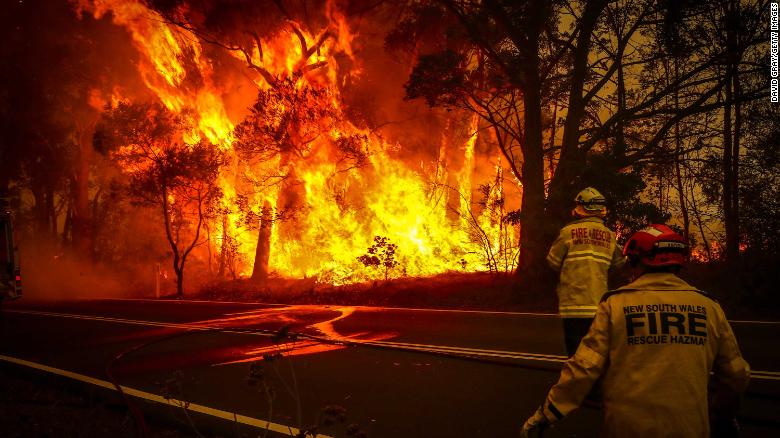According to the first of its kind study look at the issue at a regional level, the heatwaves are increasing in both its duration and frequency in almost every part of the world after the 1950s.
As per the study, the escalation in heatwaves varies around the earth, with north-eastern Brazil, west Asia and the Mediterranean region is experiencing faster change than southern Australia and North Asia. The hitherto untouched region where there was not a trend was the central United States.
This study was published in the journal Nature Communications; it found an evident increasing pattern in the total number of heatwave days across as well as within regions. The study also says that the heatwaves’ duration is also increasing since the past 70 years.
Also Read: Why We Should Think About Our Environment Now?
The only sigh of relief is that the average intensity of the heatwaves had not increased globally, in simpler terms the average temperature throughout heatwave season remains constant. The only places where average intensity increased are South Africa, Southern Australia and parts of Africa.
The study also added a new parameter called cumulative heat or cumulative intensity. In this parameter, it is assessed that how much additional heat was there in an individual extreme heat event beyond the normal threshold that defined the start of a heatwave.
This new parameter was found to have increased across the earth over the years. The average increase in cumulative intensity per decade is between 1 degree Celsius and 4.5 degree Celsius, though in some places like Middle East region, South America and some parts of Africa the increase was approximately 10 degree Celsius in a decade.
Also read: 5 anthropogenic disasters that wrecked havoc on environment and mankind
Lead Author of the study, Sarah Perkins-Kirkpatrick, who belongs to Australian Research Council Centre of Excellence for Climate Extremes said that these heatwave events are not only occurring frequently with longer duration but also the trend had accelerated markedly in past 70 years across the planet.

She said that what is happening is consistent with the forecast of climate scientists. An increase in heatwaves is a clear sign of global heating and the repercussions of these events should be alarming to policymakers that urgent action is needed to prevent the worst impacts of the climate crisis.
Perkins-Kirkpatrick said: “The dramatic region-by-region change in heatwaves we have witnessed, and the rapid increase in the number of these events, are unequivocal indicators that global heating is with us and accelerating.” The worst heatwaves recorded regularly are followed by catastrophic events.
The worst heatwave that hit the Mediterranean region was of 2003 summer. It is estimated that there were more than 70,000 people died across Europe because of extreme heat, also the economic cost was huge, it caused damage of more than 13.1 billion Euros to agriculture and forests.
In south-eastern Australia, the worst hit of the heatwave was in the summer of 2009. The heat event took the life of 374 people within three days. The heatwave resulted in the Black Saturday bushfires after a few weeks, this fire also took the life of 173 people.
